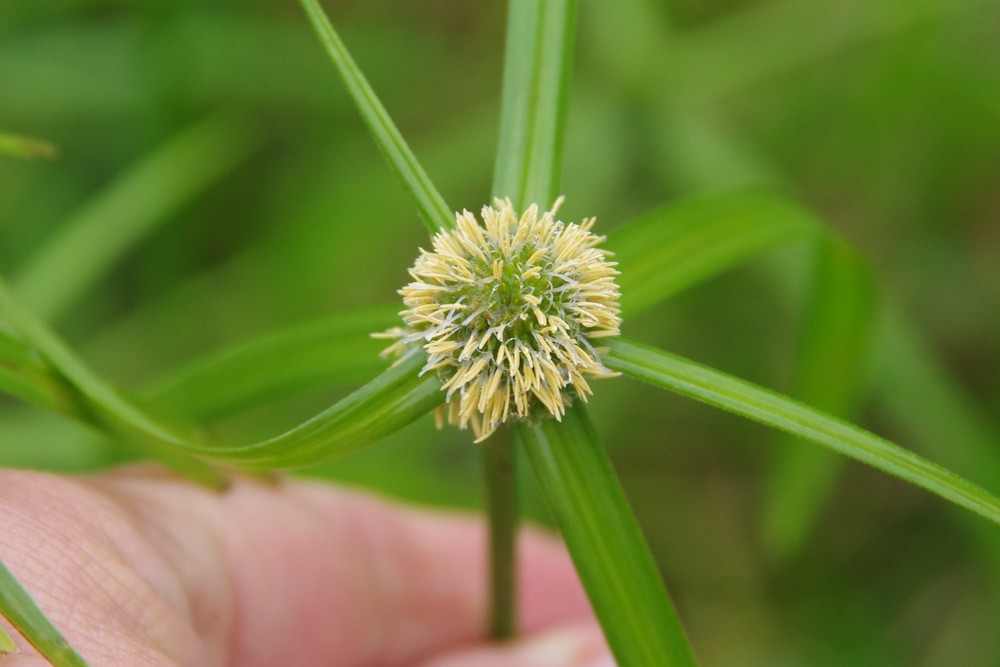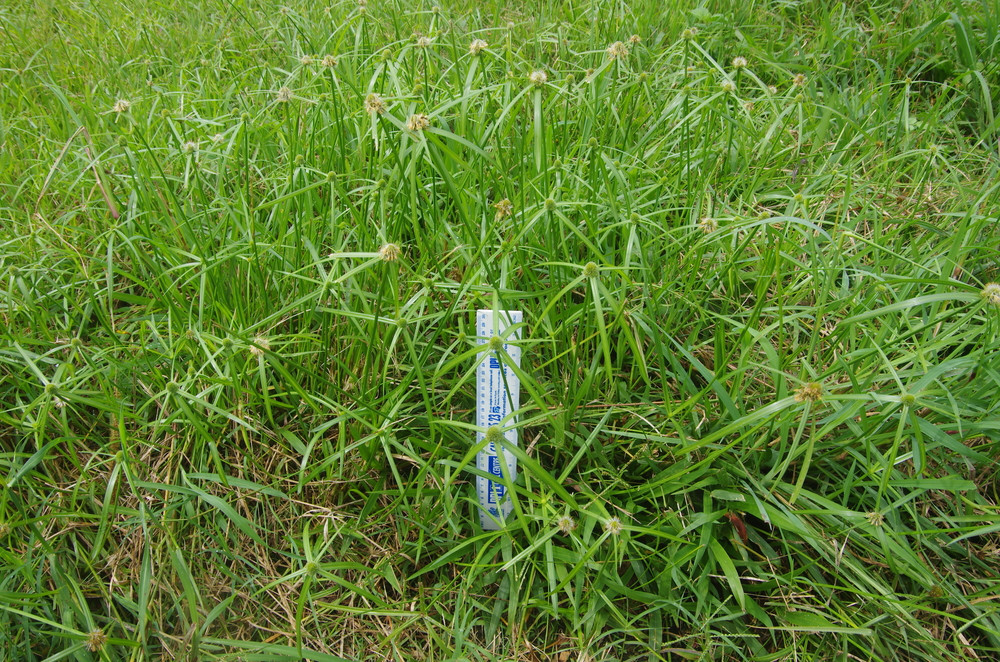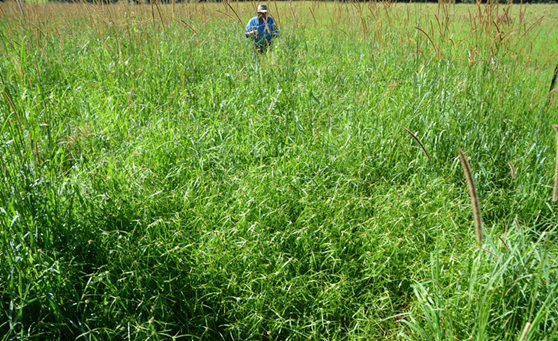On The Land
6 May, 2023
Producers wake up to weed’s worst nightmare
“Horror” weed Navua Sedge will have a devastating impact on the Tablelands’ hay and grazing industries if immediate action is not taken.

Conservative estimates suggest infestations currently cover approximately 22,000 ha extending from Cooktown to Ingham.
Controlling Navua Sedge has now become of vital importance to the productivity of the beef and dairy industries in the northern wet tropics.
Mareeba Department of Agriculture and Fisheries, Senior Beef Extension Officer Bernie English said it was is very important for all producers to be able to recognise the weed.
“This is the worst pasture weed ever that we have encountered on the wet coast Table-lands,” he said.
“Producers need to be ever vigilant for Navua sedge on their properties.
“It is extremely invasive.”
Originating from central Africa, Navua sedge (Cyperus aromaticus) is a vigorous, in-vasive, perennial sedge which grows to 30-70 cm in height but may occasionally reach two metres.
The weed arrived in Australia from the Pacific Islands and was first found in Cairns in 1979.
Spread occurs through the normal exten-sion of the rhizome system, by seed and by dispersal of viable rhizome fragments during cultivation.
The seeds can germinate at any time of the year and the seed heads on each shoot generally produce about 250 seeds each.
Up to 51,500 seeds per square metre have been found in the soil seed bank.
Seed production per hectare is extremely high with estimates well in excess of 200 million seeds.
The seed was previously thought to re-main viable for five years but now it is known that it can be for as long as 15 years, so producers can have an unbelievable 15 years of trouble ahead of them if plants mature and produce viable seed.
Navua sedge is a prolific seeder with ma-ture plants seeding every 16 days.
Seedlings develop quickly from seed and flower in just 10 weeks after emergence.
The longevity of viable seed in the soil and the limited herbicide options that are available for landholders means that elimina-tion of Navua sedge in pasture is extremely challenging, if at all, even possible.
Seed is easily spread by machinery, water and animals. Roadside drains can also easily divert water containing Navua Sedge seeds onto properties.
Producers need to monitor roadsides and be prepared to spray.
The dispersal of seed can occur through many ways such as by passing through the digestive system of animals and birds, and also by being transported in mud on hooves of cattle, on the cattle themselves, footwear, flood or running water or machinery and/or vehicles.
Dairy cows have been observed walking onto the platforms of dairies with Navua sedge seed heads stuck to their underlines.
Machinery such as slashers can readily spread seed to other areas so it is important to ensure that all vehicles and machinery are thoroughly washed down before moving from one infested area to a clean one.
Preferring wetter areas and growing in summer months, Navua sedge can smother many tropical pasture species.
As a competitive weed, it is extremely aggressive and is capable of forming dense stands in grazing pastures.
It is unpalatable and provides little feed value for cattle and if pastures are heavily overgrazed Navua sedge can quickly take over.
Left untreated, it rapidly reduces carrying capacity and property productivity.
Not overgrazing and managing pastures well to ensure that you maintain good ground cover is critical in minimising possible Navua Sedge invasion.
A multipronged approach of regular her-bicide application, best practice management (pasture and grazing) and ongoing vigilance are vital for landholders to have any chance of controlling Navua sedge.
Currently there is no “silver bullet” for its control and total eradication is unlikely with the current treatment options available to landholders.
Limited to the registered selective herbi-cides containing halosulfuron, current her-bicide management options require repeated treatments and are expensive.
The financial cost of boom spraying, ($100 ha per spray) and cattle withholding period (70 days) is prohibitive for many producers, and seasonal tropical rain impedes the ability to spray during the ideal summer months.


Established stand of Navua sedge (note height in comparison to ruler). “From little things, big things grow” and have disasterous ramifications. Heavy infestation of Navua sedge (25 per cent) in pasture on river flats on a farm in Jaggan.


